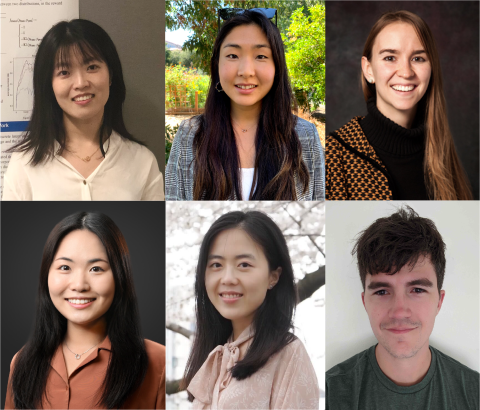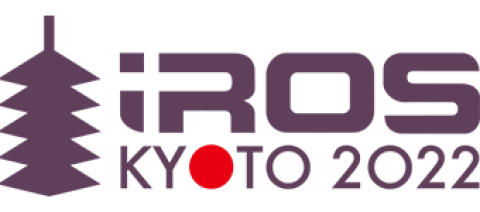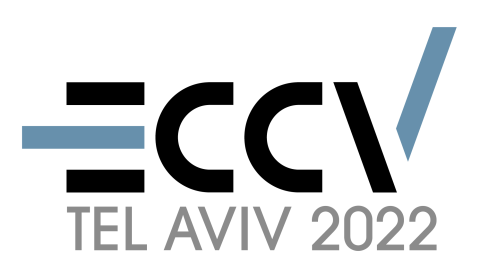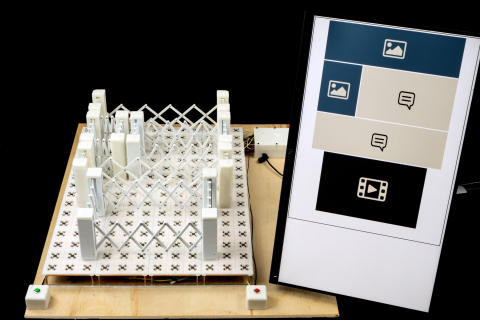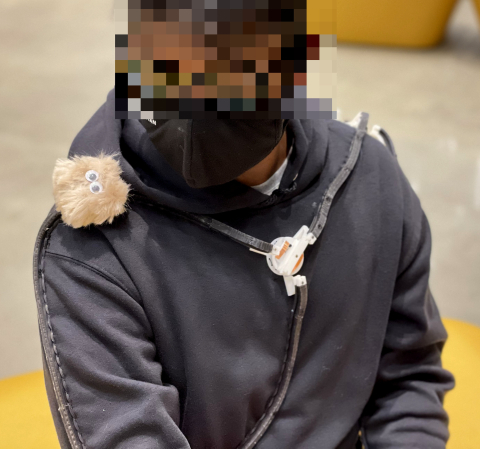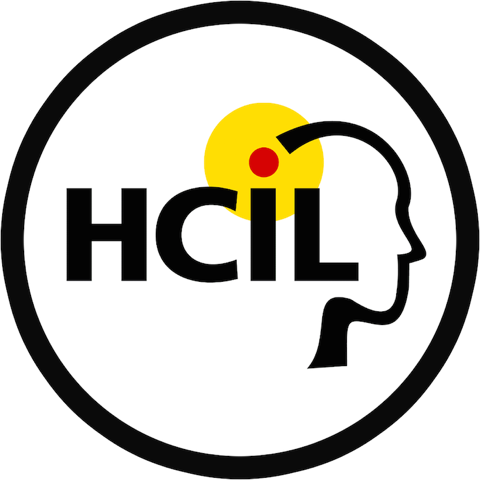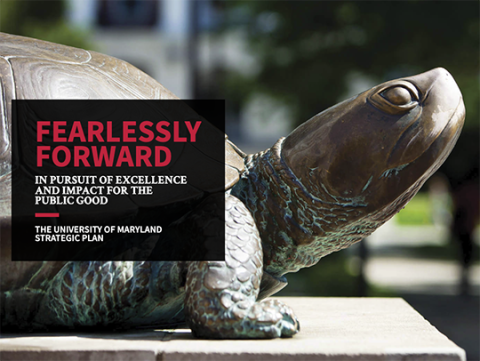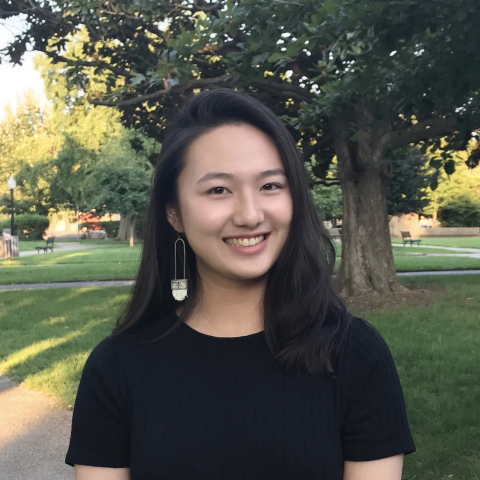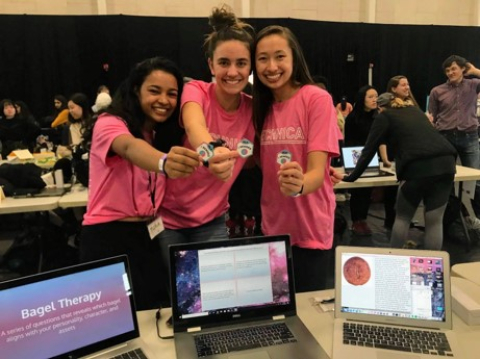Recent News & Accomplishments
2022
The University of Maryland Center for Machine Learning has selected six winners for its Rising Stars in Machine Learning program—the largest cohort yet. Now in its fourth year, the program aims to support researchers from underrepresented groups as they pursue new scientific discoveries and academic opportunities. The winners each receive a $1,000 honorarium and the opportunity to present their research at the center’s distinguished seminar series this fall. “We had a record number of 35 applicants, and with so many having impressive backgrounds and research, it was too difficult to select... read more
International Conference on Intelligent Robots and Systems October 23-27, 2022 Kyoto International Conference Center, Japan
The IEEE/RSJ International Conference on Intelligent Robots and Systems (IROS) brings together robotics experts from across the globe for presentations, workshops, and forums. IROS is a premier flagship academic conference in robotics. The theme for this year is “Embodied AI for Symbiotic Society.” A total of 15 papers will be presented by MRC faculty and researchers. MRC IROS 2022 papers: 1. “ Inverse Reinforcement Learning with Hybrid-Weight Trust-Region Optimization and Curriculum Learning for Autonomous Maneuvering ”, Yu Shen, Weizi Li, and Ming C. Lin 2. “... read more
The 2022 International Conference on computer vision will be held in person and online from October 23 to October 27, in Tel Aviv, Israel.
University of Maryland researchers will present 14 papers at the European Conference on Computer Vision (ECCV 2022), to be held from October 23 to October 27, 2022. ECCV is one of the top-tier and most prestigious conferences for computer vision researchers to present and discuss their work. The conference will be held in a hybrid format with virtual and in-person sessions at the Tel Aviv Convention Center, Israel. The UMD researchers will showcase their strong presence at the international conference with 14 papers in the area of computer vision, machine learning, and graphics. List of... read more
There are numerous applications to help blind users surf the web, yet there are few tools to help them design the visual layout of a web page, and those available are challenging to operate independently. Researchers at the University of Maryland are increasing accessibility in this area by developing a novel device that lets blind users create a web layout with their hands. With TangibleGrid, blind designers snap and resize brackets representing visual elements—like a text box or video—to a physical baseboard. The baseboard senses the brackets’ type, size, and location; verbalizes the... read more
Wearables like fitness trackers and smartwatches are widely used for health monitoring and digital interactivity. Yet most of these devices are worn in a single spot, even though there are various body locations best suited for specific types of sensors. It’s optimal to monitor your breathing on the upper body, for example, while the wrist is ideal for tracking typing and writing. To place wearable sensors where they can do their best work, researchers at the University of Maryland have developed a miniature robotics system designed to assist in a myriad of tasks by traversing to numerous... read more
A trio of visualization and software experts affiliated with University of Maryland’s Human-Computer Interaction Lab (HCIL) are being honored at VIS2022 for an academic paper they co-authored 20 years ago. Catherine Plaisant, Jesse Grosjean and Ben Bederson will be recognized with the IEEE VIS Test of Time Award on October 18 for their work on zoomable tree browsers, a novel way of representing and rapidly navigating information organized hierarchically, such as organizational charts. The prestigious award recognizes papers published at previous conferences that are still vibrant and useful... read more
New UMD program to support campuswide efforts to tackle societal problems.
University leaders today unveiled nine proposals for Institutional Grants selected to move forward in the Grand Challenges Grants program, which will provide up to $30 million in institutional investments to fund initiatives and projects designed to accelerate solutions to society’s largest and most complex problems. In response to the call for proposals for Grand Challenges Institutional Grants, 24 letters of intent (LOIs) were submitted, involving 210 faculty and well over 100 staff from all 12 colleges and schools and several campus divisions. The proposed projects address critical issues... read more
Computer science graduate student Trista Cao and math graduate student Anna Sotnikova want to curb harmful language in natural language processing models
If you’ve ever done a Google search or chatted with Amazon’s virtual assistant Alexa, you have seen natural language processing (NLP) at work. This form of artificial intelligence (AI) teaches machines human language, allowing them to interpret and generate text in much the same way a person would. While NLP models can convincingly mimic human language, they may also reflect human biases toward various social groups. With the goal of minimizing harm and enabling more equitable language in AI, University of Maryland computer science graduate student Yang “Trista” Cao and mathematics graduate... read more
UMD computer science major Genevieve Sampson shares thoughts on her first Technica and her current role as co-executive director of the world’s biggest hackathon for underrepresented genders.
Before college, University of Maryland computer science major Genevieve Sampson had never written a line of code in her life. Encouraged by some peers, she decided to attend UMD’s Technica hackathon for underrepresented genders during her freshman year, after hearing that it was a free student-run event for anyone interested in coding and computer science —even those without any prior experience. “I was probably on month three of my computer science intro classes. I didn’t think I was capable of producing the cool projects I wanted to create,” recalled Sampson, who is now a senior. “But the... read more
Steven Armentrout (Ph.D. ’94, computer science) and his company Parabon NanoLabs are creating breakthrough products in forensics and nanotechnology
In June 2022, a Texas police department solved a 20-year-old cold case , finally putting the man who robbed and murdered a Houston-area convenience store owner behind bars. It was all thanks to a relentless detective, DNA evidence from the crime scene—and a tech innovator named Steven Armentrout (Ph.D. ’94, computer science), whose company Parabon NanoLabs (“Parabon”) is taking DNA innovation where it has never been before. “From 2010 to 2014 we built a system called Snapshot ® DNA Phenotyping that can predict appearance, hair color, skin color, face shape and ancestry from a DNA sample,”... read more
